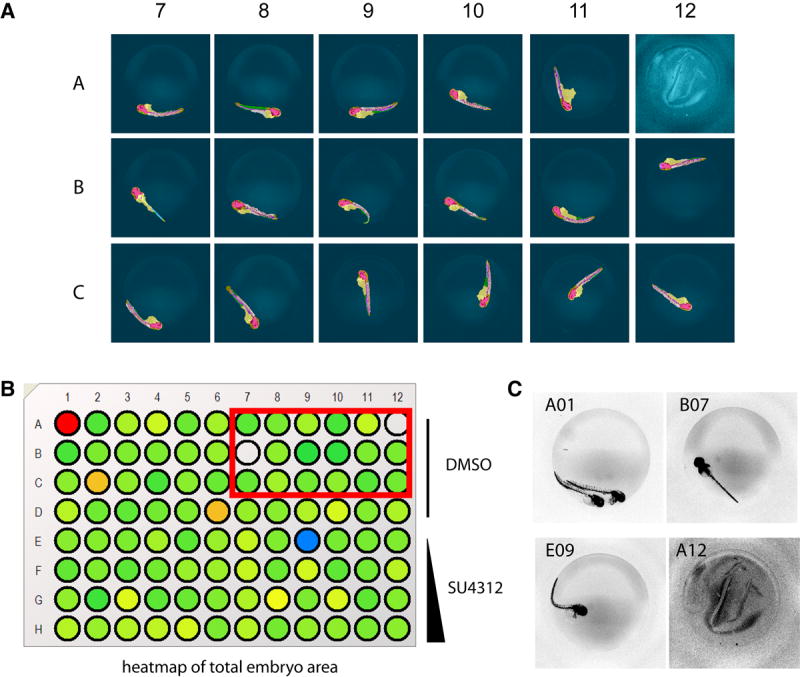Fig. 3. Analysis of Tg(fli1:EGFP)y1 zebrafish embryos in multi-well plates.

Tg(fli1:EGFP)y1 zebrafish embryos were treated at 24 hpf with vehicle or test agents and kept in medium for an additional 24 h. Embryos were removed from their chorions, placed in the wells of a 96-well microplate and imaged on the ArrayScan II. (A) Selected well micrographs with CNT applied, red box in (B), of vehicle-treated embryos illustrate positioning variations and plate-loading artifacts. Most embryos presented in lateral view and in those cases the CNT ruleset correctly detected the embryo, large vessels, ventral and dorsal areas, and quantified ISV. (B, C) Total embryo size measurements provided an option to tag or eliminate wells containing artifacts due to erroneous loading (A01, A12), dorsal view presentation (B07) or toxicity (E09). Rows A-D, DMSO control; Rows E-H, 1.25 μM, 5 μM, 10 μM, and 25 μM SU4312, respectively.
